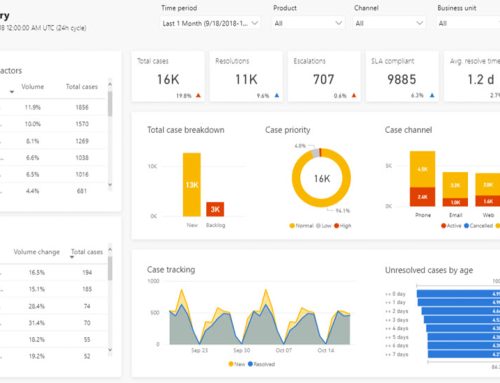Visual inspection can also be called as 100% inspection. It is usually adopted to prevent shipping of a non-compliant product. Visual inspection is a method in which the unit or product is inspected with unaided eye either alone or with any aid, on the basis of which specific unit or product is evaluated. After inspection, the compliant products are then shipped as scheduled whereas the non compliant products are set aside to be scrapped or reworked.
Visual inspection method is adopted by many industries as an integral component of their Quality Management System (QMS).
Process of Visual Inspection
Visual inspection is basically a five step process:
- First step in the visual inspection method is set up. This step includes obtaining step by step procedures and working guidelines, listing up items, machinery, equipment and products that need to be inspected.
- Next step is preparing the product for inspection.
- After the item is prepared for inspection, it is then examined for possible flaws and glitches.
- The flaws identified are then compared with set standards to find out their compliance with standards.
- Last and final step is to either approve or renounce the product on basis of results obtained in step 4.
Each step affects the effectiveness of visual inspection. Step 3 and 4 needs surveillance of an examiner to identify flaws in the product. Thus in this stage the examiner’s observation is of great importance along with suitable working environment and conditions. Final step involves the examiner’s decision taking power on basis of the defects he identified earlier in the process. An examiner should be capable enough to decide whether the product should be approved for shipping or should be sent for rework.
These two steps that are discussed above, that are identification of defects and decision taking capability, are of great importance when effectiveness of visual inspection is discussed.
Effectiveness of Visual Inspection
According to Juran which is one of the quality gurus, 100% visual inspection is actually only 87% effective. He performed different studies on accuracy of an inspector and finally gave a formula for measure inspector’s accuracy.
Percentage of faults accurately detected/ inspector’s accuracy= (f-k)/ (f-k+b)
Where,
f = faults identified by inspector
k = quantity of items renounced or rejected
f-k = valid defects identified by inspector
b = faults overlooked by inspector.
f-k+b = faults actually present in the item.
Factors Affecting Effectiveness of Visual Inspection
According to the equation described above, there are a number of factors that affect the effectiveness of visual inspection. Any study or analysis that is performed on product attributes on basis of visual inspection can be impacted by many components or factors.
Methodological Factors
Methodological factors are linked with the tangible execution of 100% inspection in the manufacturing process. It involves the factors that are generally linked with the product attributes and qualities that are subjected to visual inspection. It also involves standards to which the items are compared for conformance and the tools that are used in inspection process.
Regulatory Factors
Regulatory factors involve the managerial support that is required in decision making during the visual inspection process as well as inspector’s abilities, inspection accuracy and the burden on inspector in case of a wrong inspection.
Environmental Factors
This set of factors involves the organization’s environmental conditions. It includes tangible factors such as light and temperature etc. it also includes management and regulation of the workplace as well.
Psychological and Physical Factors
It involves the age, gender, brilliance, individuality and health of the inspector.
Significance of Visual Inspection
Like any other process, visual inspection also has many advantages:
- Visual inspection gains advantage over other aided inspections in terms of saving cost, time and resources.
- It is advantageous in inspection of items or products that are complex in dimensions.
- It requires minimum preparation or set up.
- Visual inspection inspects external as well internal surface of equipments, products or service.
- Results obtained from visual inspection can be recorded permanently.
In a nutshell, Visual inspection is used by many industries for conforming quality of their products with set standards. In this way it also improves efficiency of any product or service.






